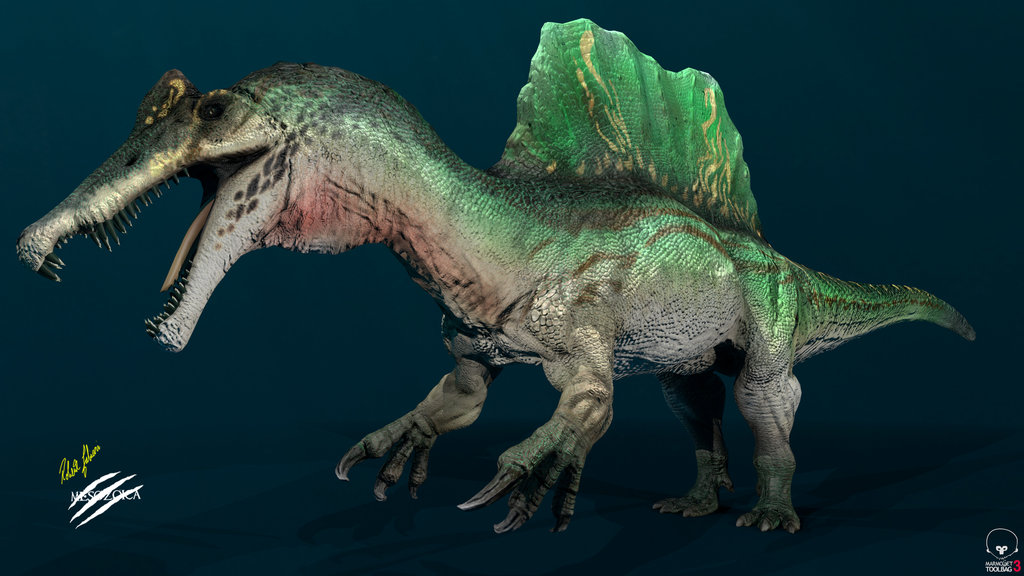

We followed the original descriptions because these fossils were not available to us. This study predominantly used body characters, because wing characters and male genitalia characters are almost always poorly preserved in fossils. The relationships of fossil Dermaptera is re-assessed, the fossil taxa used in the phylogenetic analyses of fossil Dermaptera are listed in Table Table1. Our study of these two earwigs and phylogenetic results provide new understanding of earwigs' origin and evolutional process and enable us to update the phylogenetic and evolutional relationships among major lineages of earwigs. nov., from the Middle Jurassic (Bathonian-Callovian) of the Jiulongshan Formation in Daohugou (N41☁8'30", E119☁3'00") of Ningcheng County, Inner Mongolia, China. (Figure (Figure2)) 2)) in a new family of Bellodermatidae fam. (Figure (Figure1) 1) and Belloderma ovata sp. Here we report a new genus with two new species ( Belloderma arcuata gen.

Evolutional history and origin of Dermaptera have been in contention, especially for the fossil earwigs. Even with subsequent addition of 10 species, the fossil record of the Dermaptera stands at 83 species. in 1994 listed only 73 taxa of Dermaptera described, figured or simply mentioned in literature. Earwigs are very scarce in the insect fossil record. The Dermaptera belongs to a group of winged insects of uncertain relationship within Polyneoptera, which has expanded anal region and adds numerous anal veins in the hind wing. The earwigs (Dermaptera) are familiar insects, often unwelcomed, mainly due to their nocturnal habit, some feeding on decaying matters, emitting foul smell, and an unfounded myth that earwigs would crawl into peoples' ears and penetrate into their brains during sleep.


 0 kommentar(er)
0 kommentar(er)
